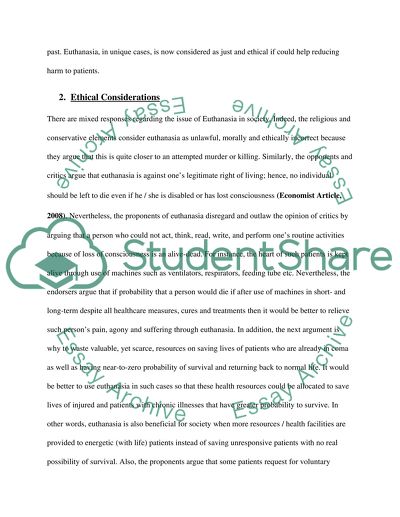Cite this document
(“Euthanasia/ Terri Schiavo's Case Research Paper”, n.d.)
Retrieved from https://studentshare.org/family-consumer-science/1407733-euthanasia-terri-schiavo-s-case
Retrieved from https://studentshare.org/family-consumer-science/1407733-euthanasia-terri-schiavo-s-case
(Euthanasia/ Terri Schiavo'S Case Research Paper)
https://studentshare.org/family-consumer-science/1407733-euthanasia-terri-schiavo-s-case.
https://studentshare.org/family-consumer-science/1407733-euthanasia-terri-schiavo-s-case.
“Euthanasia/ Terri Schiavo'S Case Research Paper”, n.d. https://studentshare.org/family-consumer-science/1407733-euthanasia-terri-schiavo-s-case.


